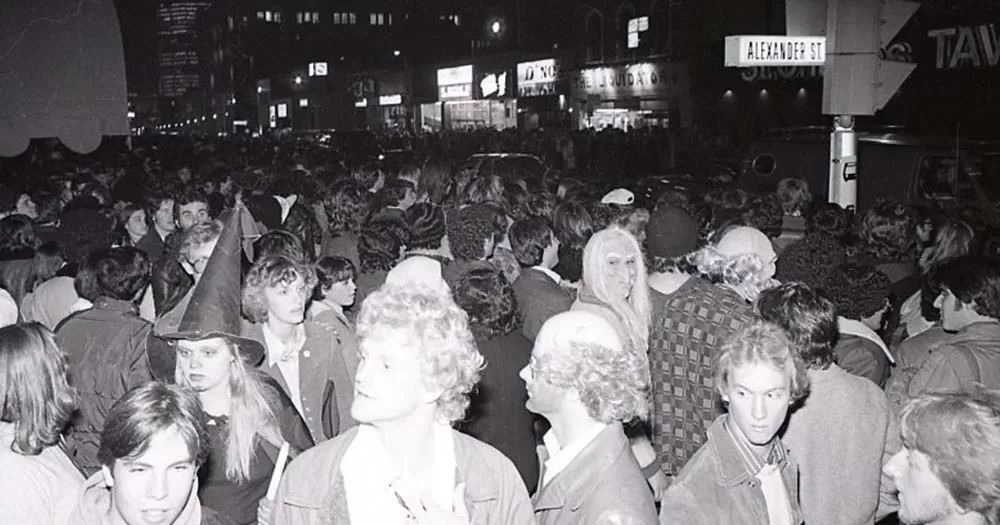While we often joke about Halloween being gay Christmas, there are significant reasons why queer people feel deeply connected to the holiday. LGBTQ+ people have been celebrating Halloween in our own way for hundreds of years throughout history.
Halloween is an opportunity for queer people to defy gender norms, try on new identities, and freely express ourselves by dressing as any character that fully reflects our inner desires. Unlike other holidays that centre around family and tradition, Halloween invites experimentation with identity.
Halloween began as the night before Samhain, the festival marking the end of harvest season. As early as the ninth century, the holiday recognised the shift into winter, and it had particular significance with the afterlife. During Samhain, people believed the barrier between this world and the next thinned, meaning spirits, souls, and fairies could visit. Some people prepared for this by setting a place at the table for those who had passed on.
Much of the modern interpretation of Halloween is built around ghosts, death and spirits. Pope Gregory III eventually moved “All Saints Day” from May to November 1, making October 31 “All Hallows Eve,” and the traditions between the two holidays morphed into one.
In the 1700s and 1800s, many Irish people emigrated to America and brought their Samhain traditions with them, which included dressing up and wearing masks. Halloween was reframed as a community event which greatly appealed to America’s queer community.
In the 1920s, cross-dressing was illegal in America, but queer communities began hosting drag balls on Halloween since it gave everyone an opportunity to dress in whatever gender-affirming clothing they desired. The events were advertised with prizes awarded for categories like “prettiest female impersonator”.
Alfred Finnie, a gay Black man living in Chicago in the 1930s, was known for throwing particularly glamorous Halloween balls in the city with hundreds of guests celebrating together.
Here’s New York Mattachine newsletter (an early gay rights group) informing members the status of those arrested for drag in 1962. The police let them go because….. it was Halloween! pic.twitter.com/SkLOEsjQ8Q
— Eric Gonzaba (@EGonzaba) October 27, 2022
The phrase “gay Christmas” can be traced back to at least the 1950s when drag performers held an unofficial costume parade in Philadelphia, Pennsylvania, USA. At a time when strict morality laws forbade cross-dressing in many cities, queer people would dress in drag as they moved throughout the city’s gay bars. In the 1960s, it grew in popularity and, in some cases, these parades were shut down by police.
As LGBTQ+ activism increased after the Stonewall riots, more official queer Halloween celebrations began to take form.
The queer community jumped on the opportunity to dress in outrageous costumes celebrating freedom and love so much so that according to locals, before there was Pride, there was Halloween. New York’s Greenwich Village Halloween parade began in 1973, and is still widely celebrated as a queer event fifty years later.
Today, for many people in the LGBTQ+ community, Halloween parties are the epitome of queer expression. And, for us queer folks living in Ireland, it’s incredible to know that “Gay Christmas” would never exist if it weren’t for its Samhaim roots.
© 2023 GCN (Gay Community News). All rights reserved.
Support GCN
GCN has been a vital, free-of-charge information service for Ireland’s LGBTQ+ community since 1988.
During this global COVID pandemic, we like many other organisations have been impacted greatly in the way we can do business and produce. This means a temporary pause to our print publication and live events and so now more than ever we need your help to continue providing this community resource digitally.
GCN is a registered charity with a not-for-profit business model and we need your support. If you value having an independent LGBTQ+ media in Ireland, you can help from as little as €1.99 per month. Support Ireland’s free, independent LGBTQ+ media.

comments. Please sign in to comment.